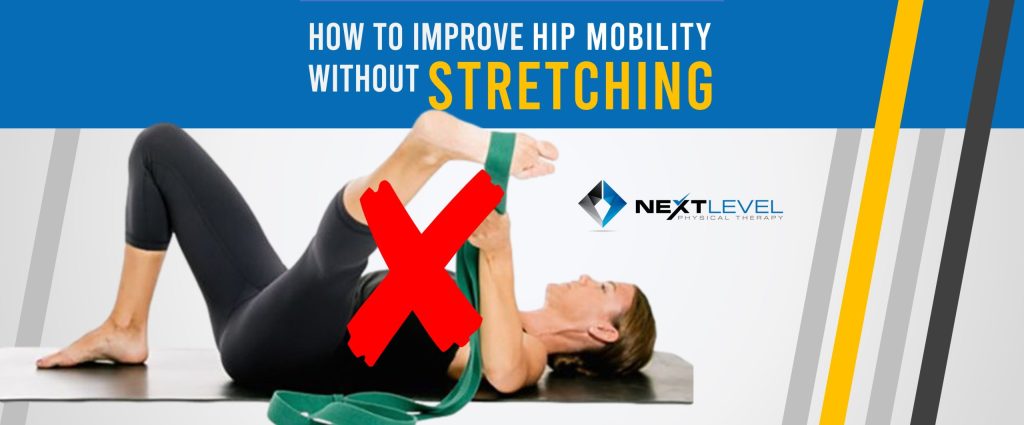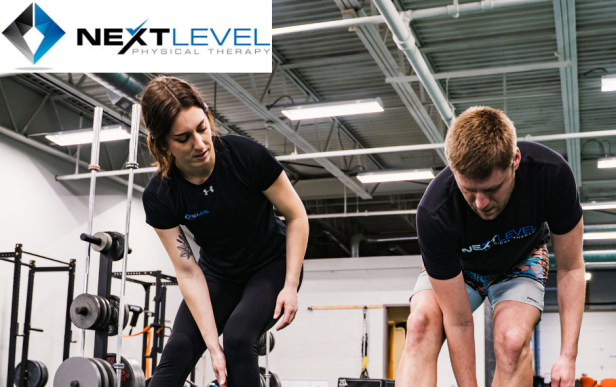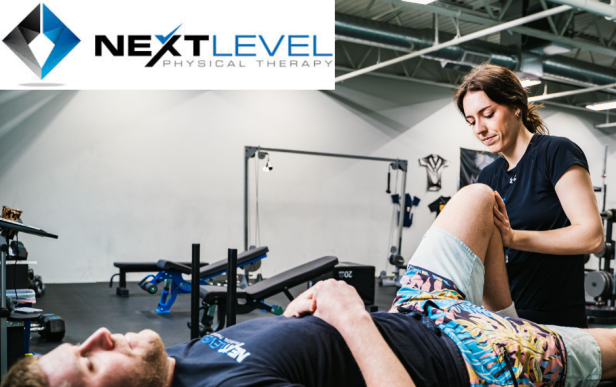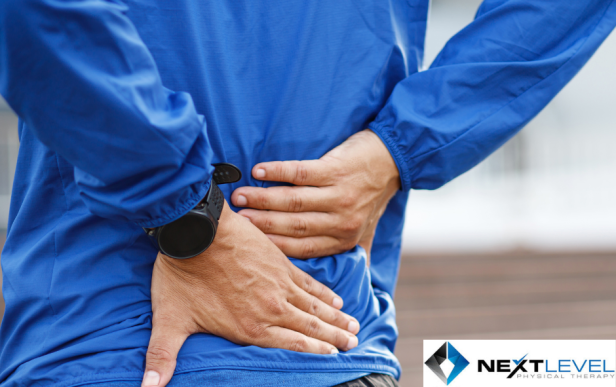Author: Dr. Colin Butler, DPT, ATC
Hips are not born to be “tight”, but with the amount of frequency that people lambast about feeling like their hips have more in common with rusty gears than Stretch Armstrong I can see how you think they might.
I’m here to tell you that, for the most part, your hip mobility woes can be a thing of the past with some different perspective on identifying what might be contributing to your outcome of perceived or restricted motion.
Let’s look first at the anatomy of the hips and then break down how we can identify different areas to focus our efforts at making change here.
Anatomy
Think of the pelvis as the house around your hip. It’s two wing-like structures called “innominates” connected by a bone called the sacrum. Not shown in Figure 1 is how your lower back is continuous with the topmost aspect of the sacrum, to form a complex between your spine, pelvis, and hip bones.
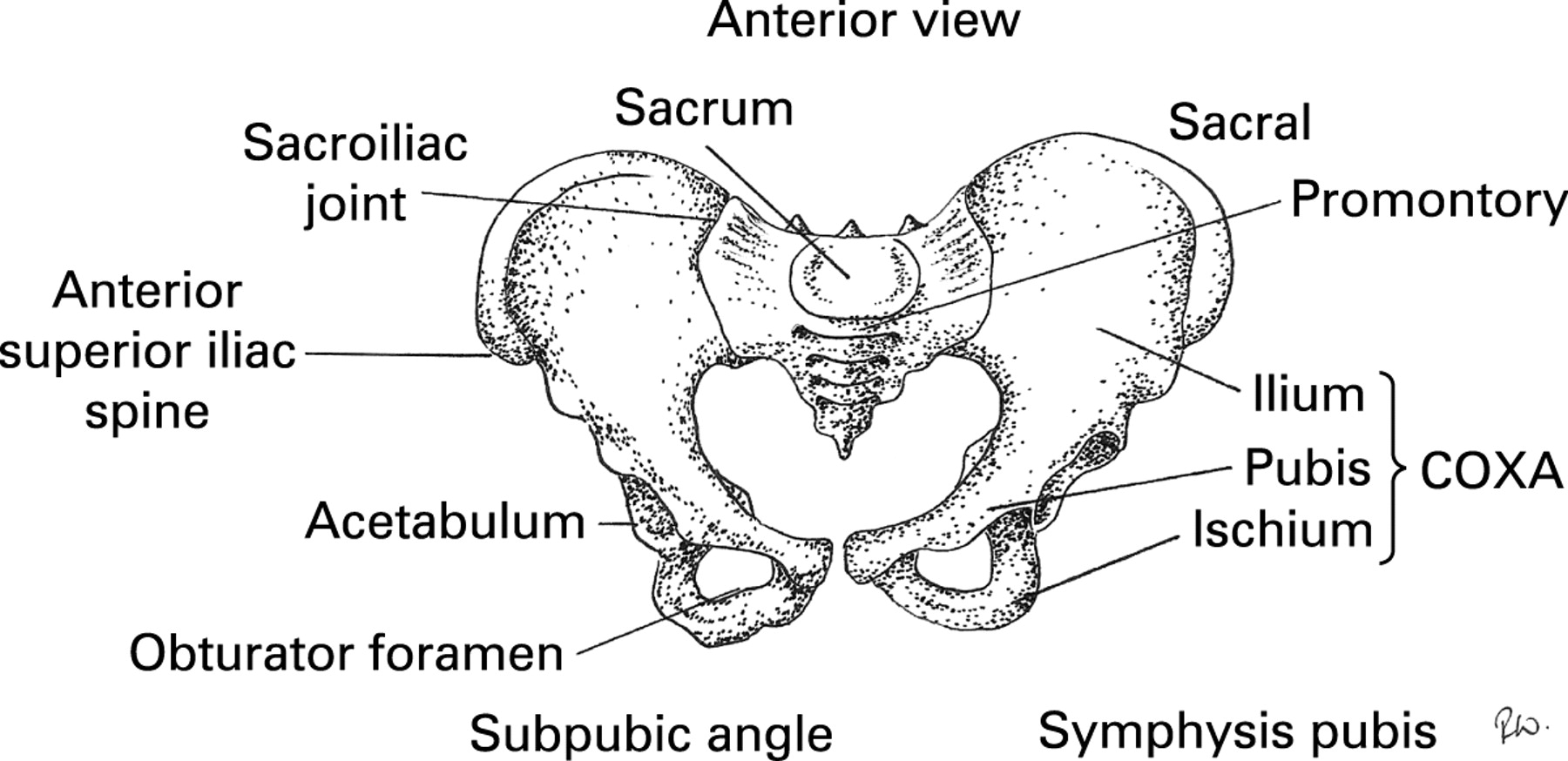
In a previous post, I talked about why “stretching” a muscle that has the perception of tension, or that might be a contributor to a reduction of joint motion might be a simplistic, reductionist way of viewing how the body creates movement.
Muscles are attached to tendons, which then attach to bones. If we just chase a feeling of a stretch in areas that we perceive to have tightness, we might not meaningfully be addressing an issue that could be driving that perception. So first, let’s start to make some buckets for figuring out what could be going on.
Bucket 1: What Does my Total Hip Rotation Look Like?
An easy way to figure out if you’ve got a loss of motion in your hips is to examine your total range of motion between Hip External (Hip ER) and Hip Internal Rotation. (Figure 2).
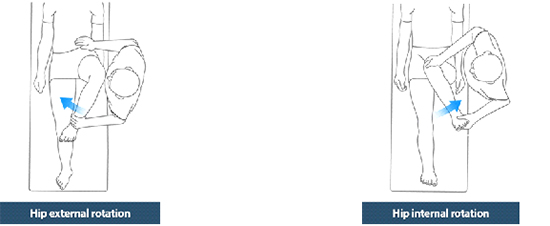
A good benchmark to shoot for in most individuals is to have around 100 total degrees between the two measurements. This means that you most likely have good freedom for your innominate bones to move relative to your sacrum, and that you have the potential to get into a lot of different positions. Nice!
If you’re missing quite a bit of total hip rotation in this range, one of the easiest places that we start clients is with learning to move with less tension, and to start to recapture some of the relative motion between their innominates and sacrum, is with some simple rolling.
This Sidelying Rolling with Lateral Compression exercise is a simple and effective way for clients to begin to recapture some of their hip rotation and decrease their muscular effort used to move. It’s also a phenomenal move to start to build some sense of self around how your hips are able to move, to leverage that kinesthetic awareness to be successful in more challenging exercises!
Figure 3: Sidelying Rolling with Lateral Pelvic Compression
Two other popular activities we might use to help clients and patients restore their total hip rotation that also revolve around improving your ability for your hips and pelvis to move relative to each other are the Cross Connect and the Hooklying Two Arm Reach.
Figure 4: Supine Cross Connect
Figure 5: Hooklying Two Arm Reach
Like mentioned in the previous Stretching (feel free to adjust whatever the abbreviation for my previous article is, Mike) article, both of these activities do a good job of helping to re-orient the pelvis as a unit and give it the potential to start to recapture a TON of hip rotation quickly!
Bucket 2: What are my Tissues “Calibrated” to Do?
Guitar strings get the tension on them adjusted through use and playing. Each guitarist has their preference for the tension on their strings. Our body is more than just bones and tendons and muscles, it is a network of different connective tissues that are adaptive to the demands put upon our body. Our connective tissues are a significant player in helping our bodies absorb and transmit the forces involved with movement!
Were you just in the camp of missing a lot of total hip motion, but now your hips are incapable of lying after working on the above activities? It’s time to tune your connective tissue tension to facilitate your desired motion.
Try an activity like the Goblet Squat to a Rockback first. It’s an activity where you’re doing the same thing on both sides of the body, so it’s easy to perform, and the relaxation and hold back on the box forces your connective tissues to have to absorb more energy and reduce their stiffness to accomplish that.
Figure 6: Goblet Box Squat with Rockback
After working on that, activities like the Lateral Lunge with Hold force the same kind of stiffness reduction, but with an emphasis on side-to-side motion.
Figure 7: Lateral Lunge with Static Hold
If you’re missing a bunch of your total hip rotation, work on helping your pelvis get into the shapes it needs to for you to be able to express that first. This helps to restore your potential to be able to move in many directions freely!
Once you’ve got more potential to move, it’s time to start to tune your body’s proverbial springs to get better at what you want it to do: absorbing force and creating more motion or putting on the brakes and stopping motion from happening. I’ll give you a hint: we need to be able to do both to crush all of our active pursuits.
Give these activities a shot to have more success with improving your hip motion without just hanging out and catching a stretch!
